Drones Past and Present on Display: In Photos
"Drones" exhibit takes off
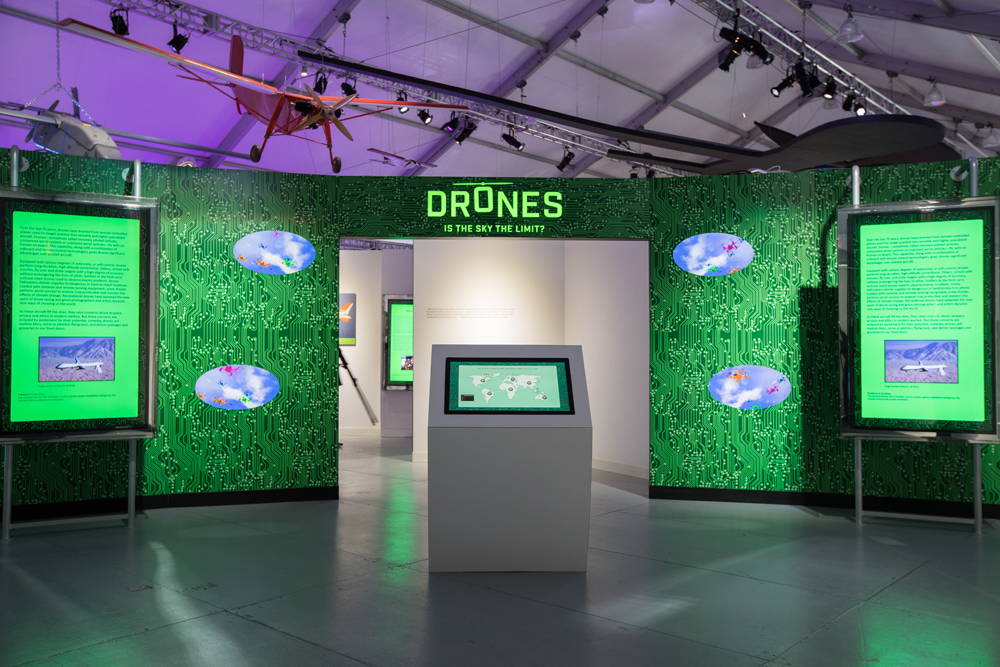
"Drones: Is the Sky the Limit?" at the Intrepid Sea, Air and Space Museum, is the first exhibit to explore the ongoing story of drones — their origin and history, how their forms and uses have changed over time, and how we might deploy them in the future. [Read more about the drone exhibit at the Intrepid museum]
Early target drone
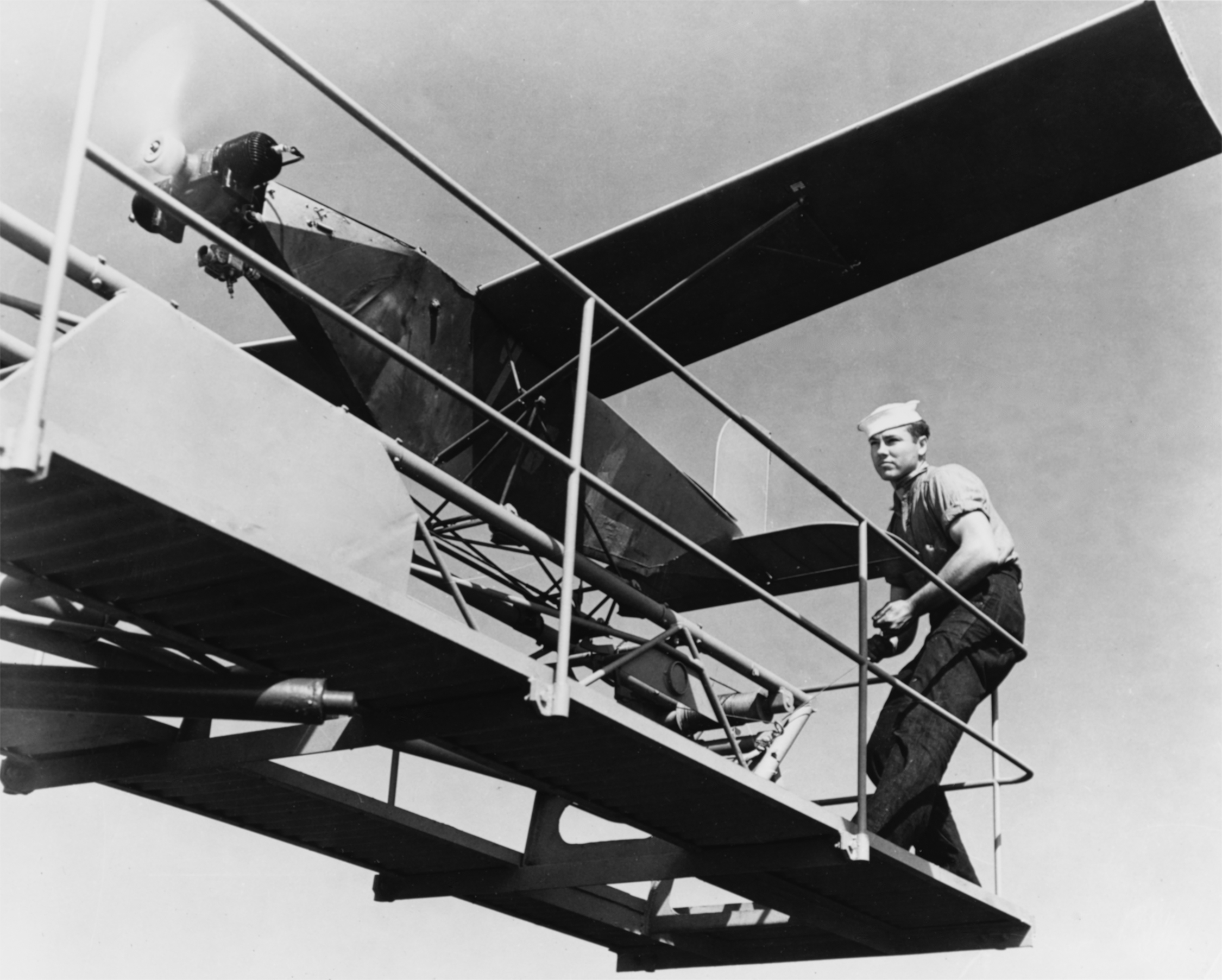
Historic photo of the WW2-era radioplane TDD, an early target drone.
A military workhorse
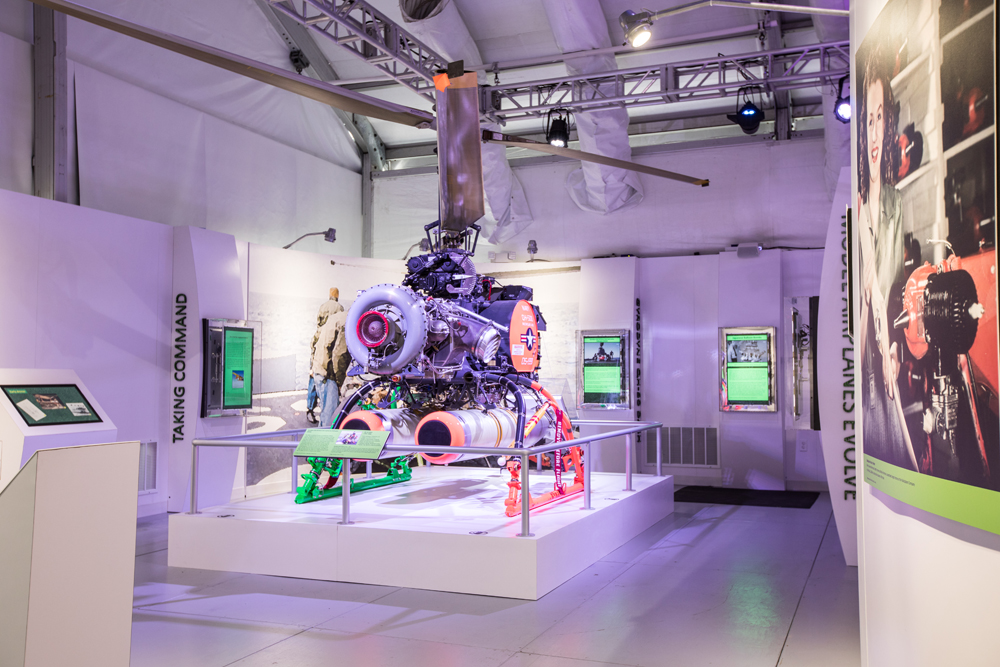
The Gyrodyne QH-50 Drone Anti-Submarine Helicopter (DASH) was developed in the 1950s and was used by the military for 43 years to drop bombs capable of neutralizing submarines.
DASH in action
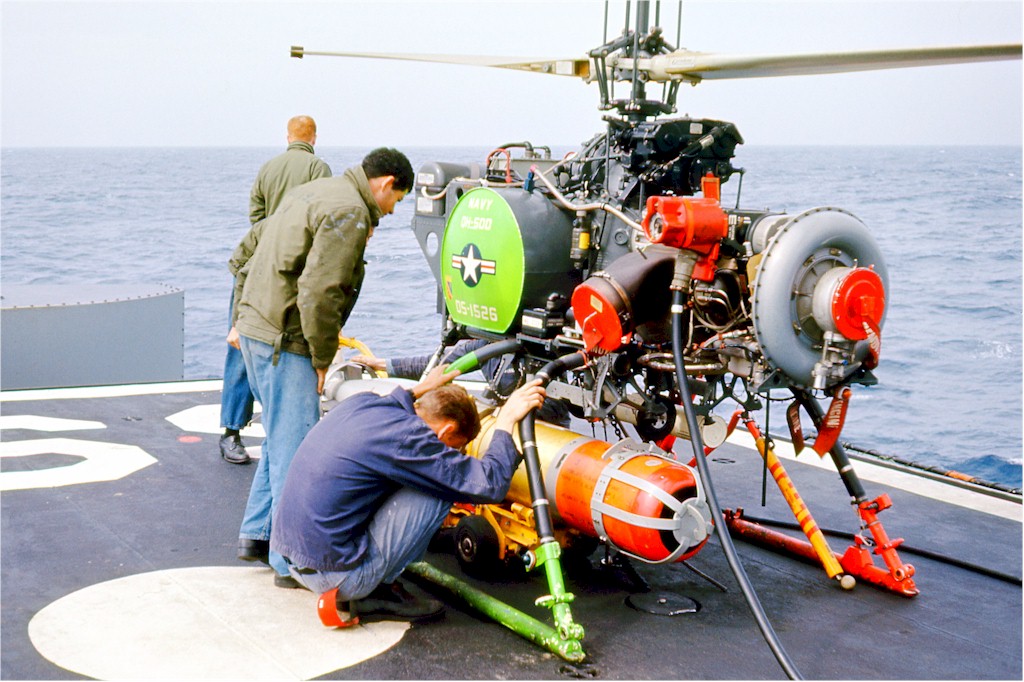
Crew members of USS Allen M. Sumner (DD-692) load a practice torpedo onto a QH-50 DASH. The DASH carried two Mk 44 torpedoes weighing 425 pounds (193 kg) each.
Boeing Insitu ScanEagle
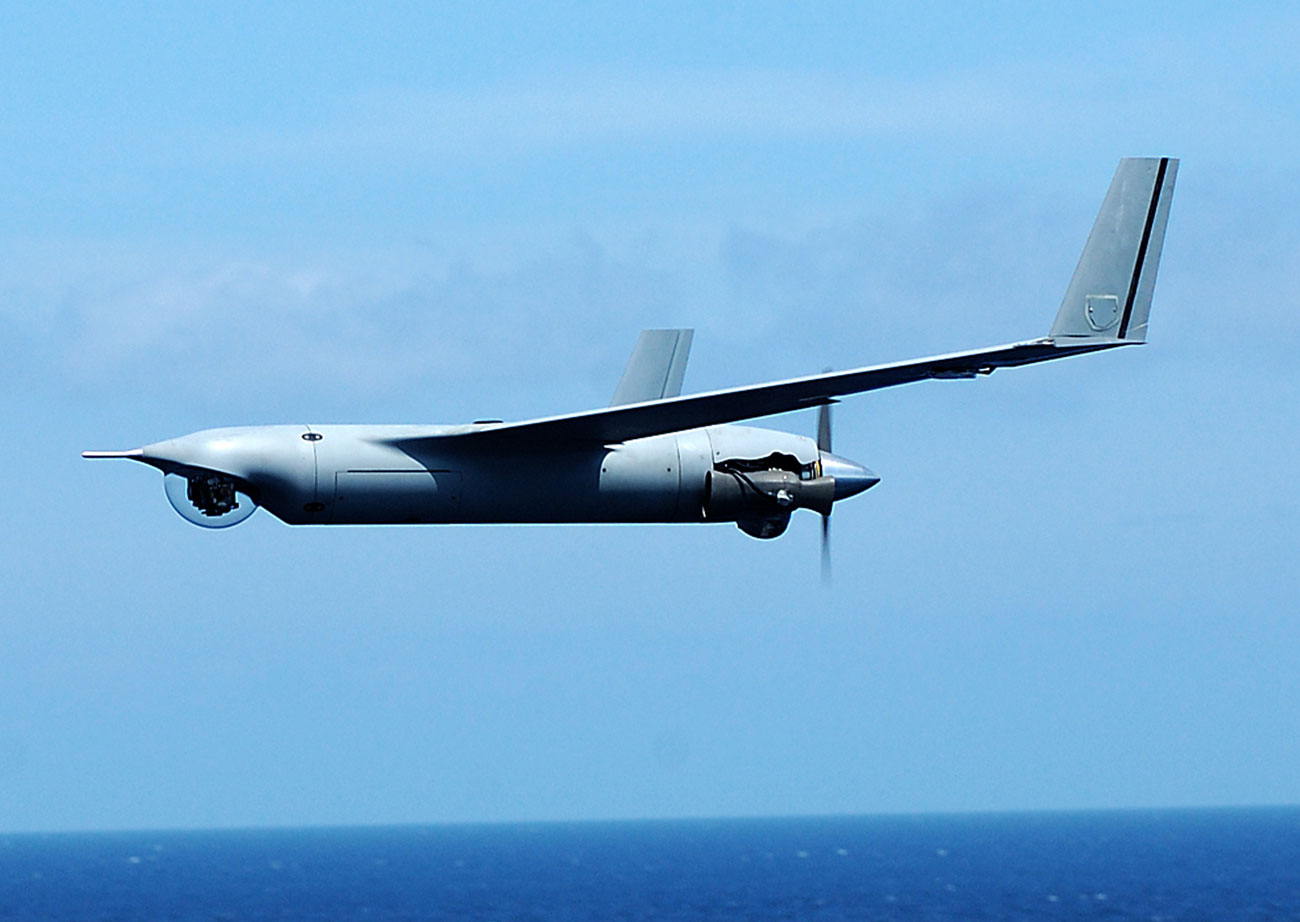
The Boeing Insitu ScanEagle was the first drone approved by the Federal Aviation Administration for commercial use beyond line of sight, where the operator can’t see it. Fishermen use the ScanEagle to locate schools of fish.
Rescue mission
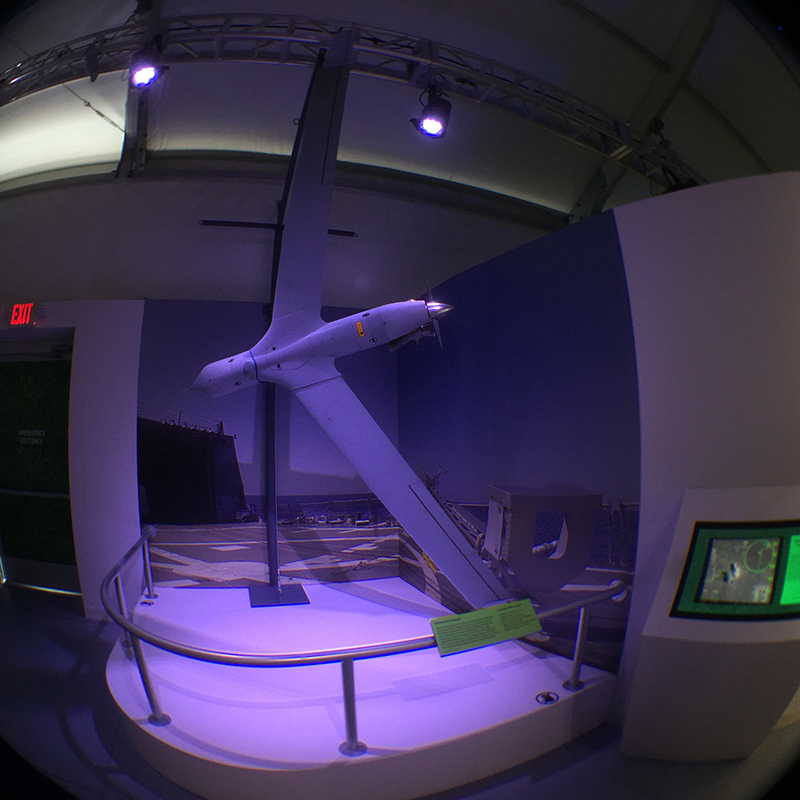
The ScanEagle, on display in the exhibit, played a key role in the rescue of Capt. Richard Phillips by U.S. Navy SEALs during the 2009 hijacking of Maersk Alabama by Somali pirates.
RQ-2 Pioneer
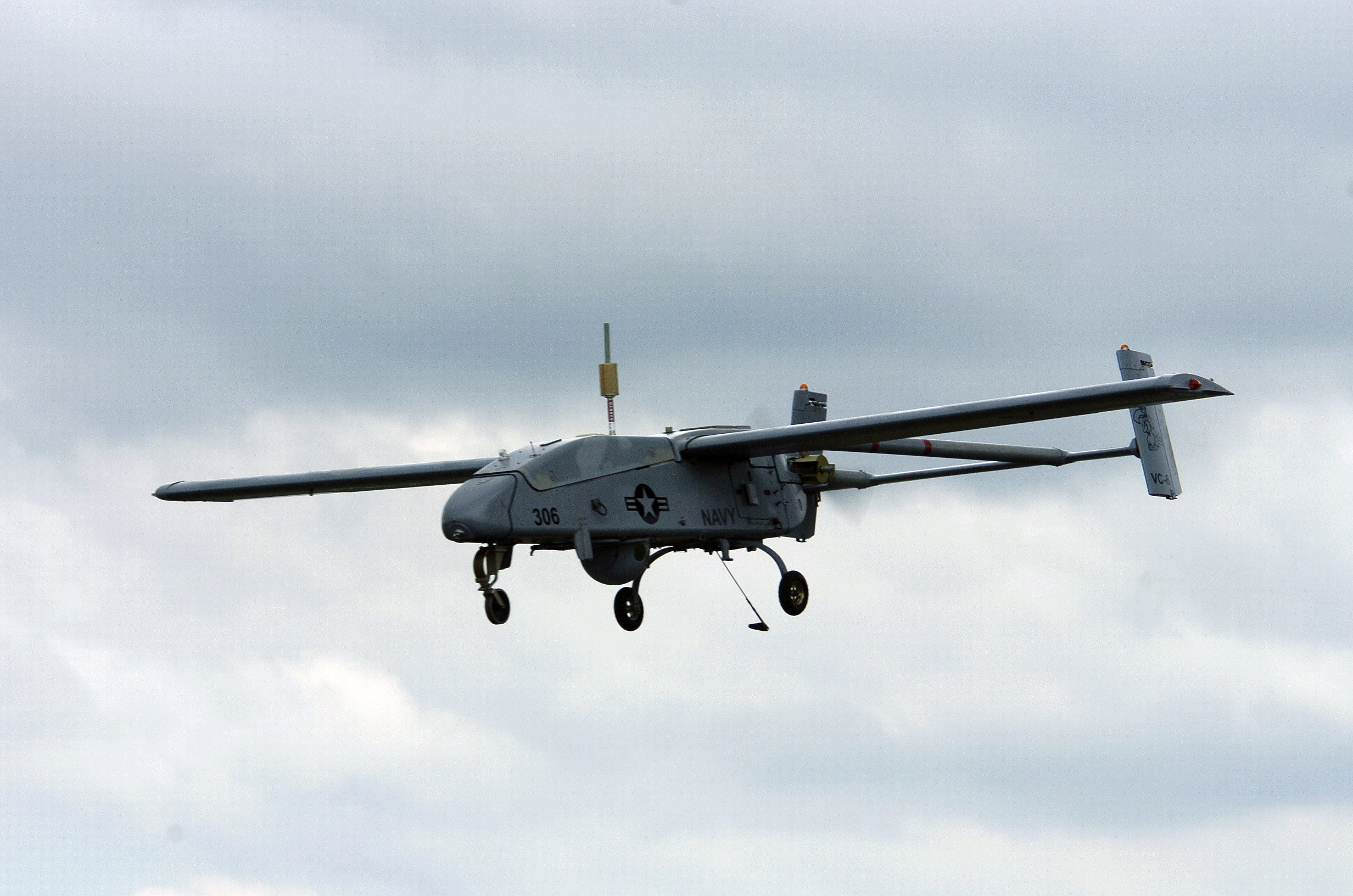
The RQ-2 Pioneer, developed jointly by the United States and Israel, was derived from an Israeli design called the Mastiff. The Pioneer was the first highly successful surveillance drone of the modern era.
Sign up for the Live Science daily newsletter now
Get the world’s most fascinating discoveries delivered straight to your inbox.
Military might
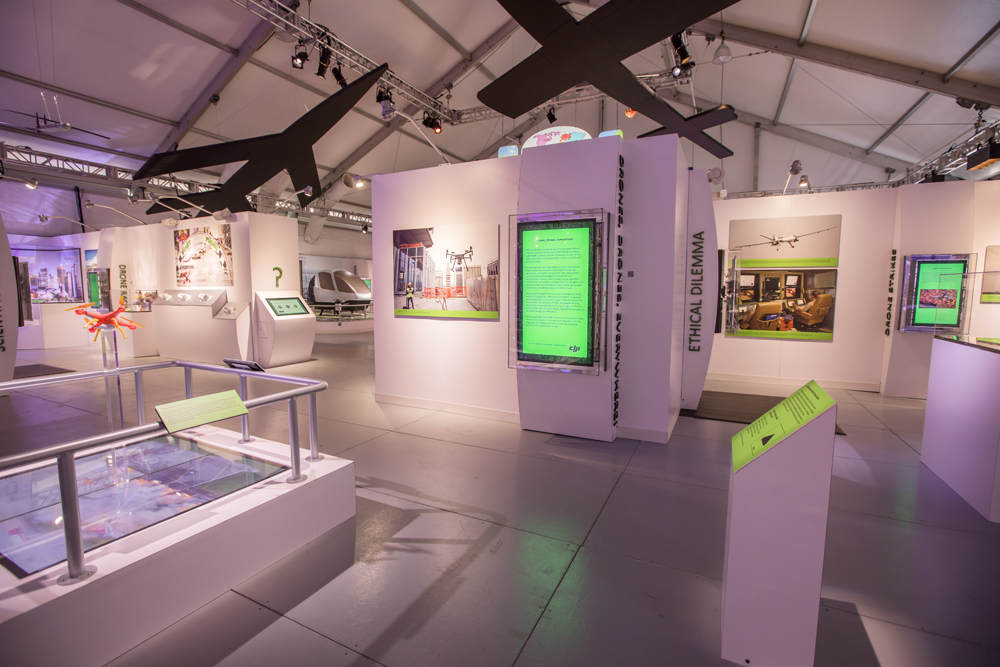
Drones were first engineered and used exclusively by the military, and many drones in use today were originally designed for military purposes.
Cormorant UAV
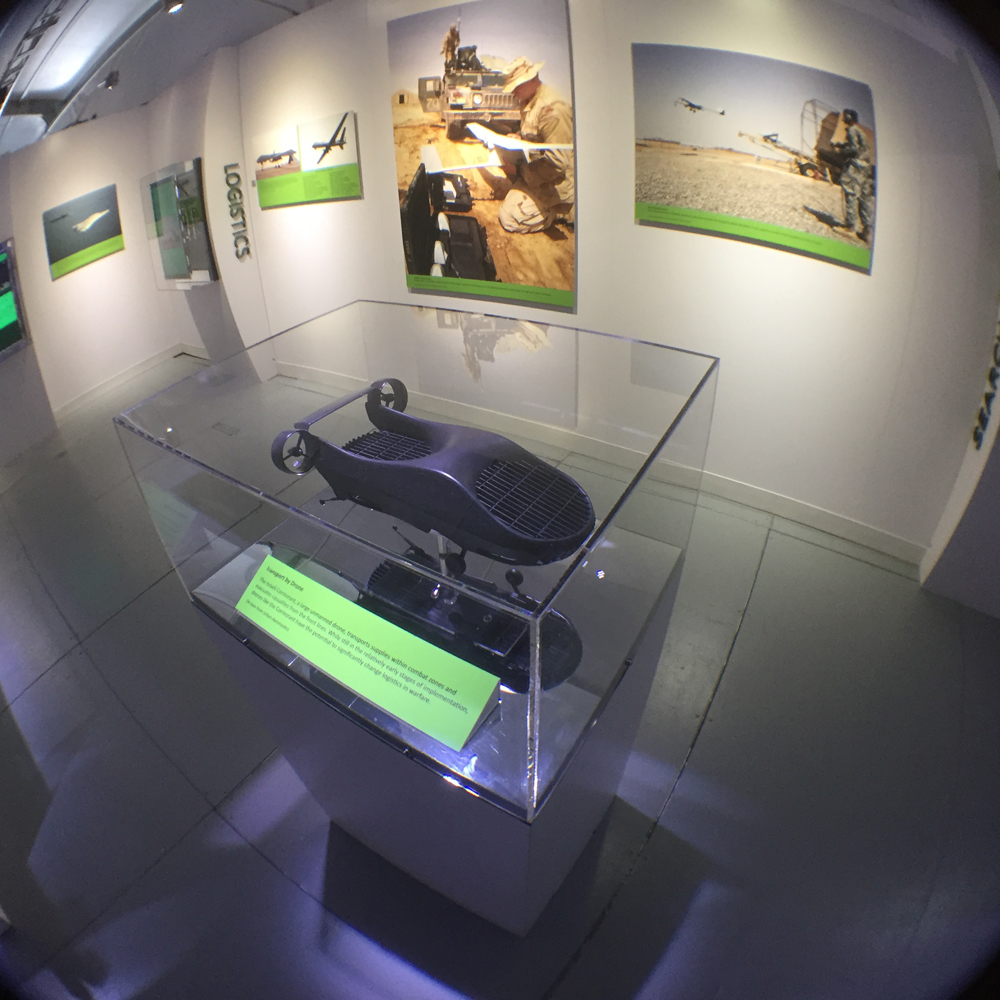
The Cormorant Unmanned Aerial Vehicle, designed by the Israeli firm Tactical Robotics, is still in the early stages of development, and could be used to transport supplies in military zones.
Scientific research
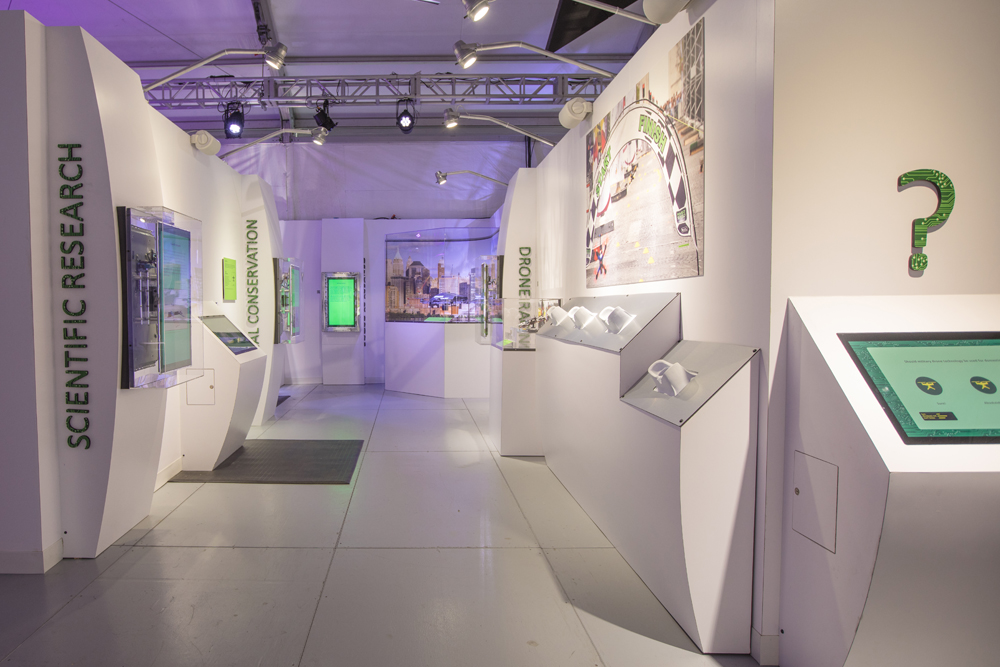
Drones play an important role in scientific research, enabling scientists to gather data from locations that were previously inaccessible.
eBee drone
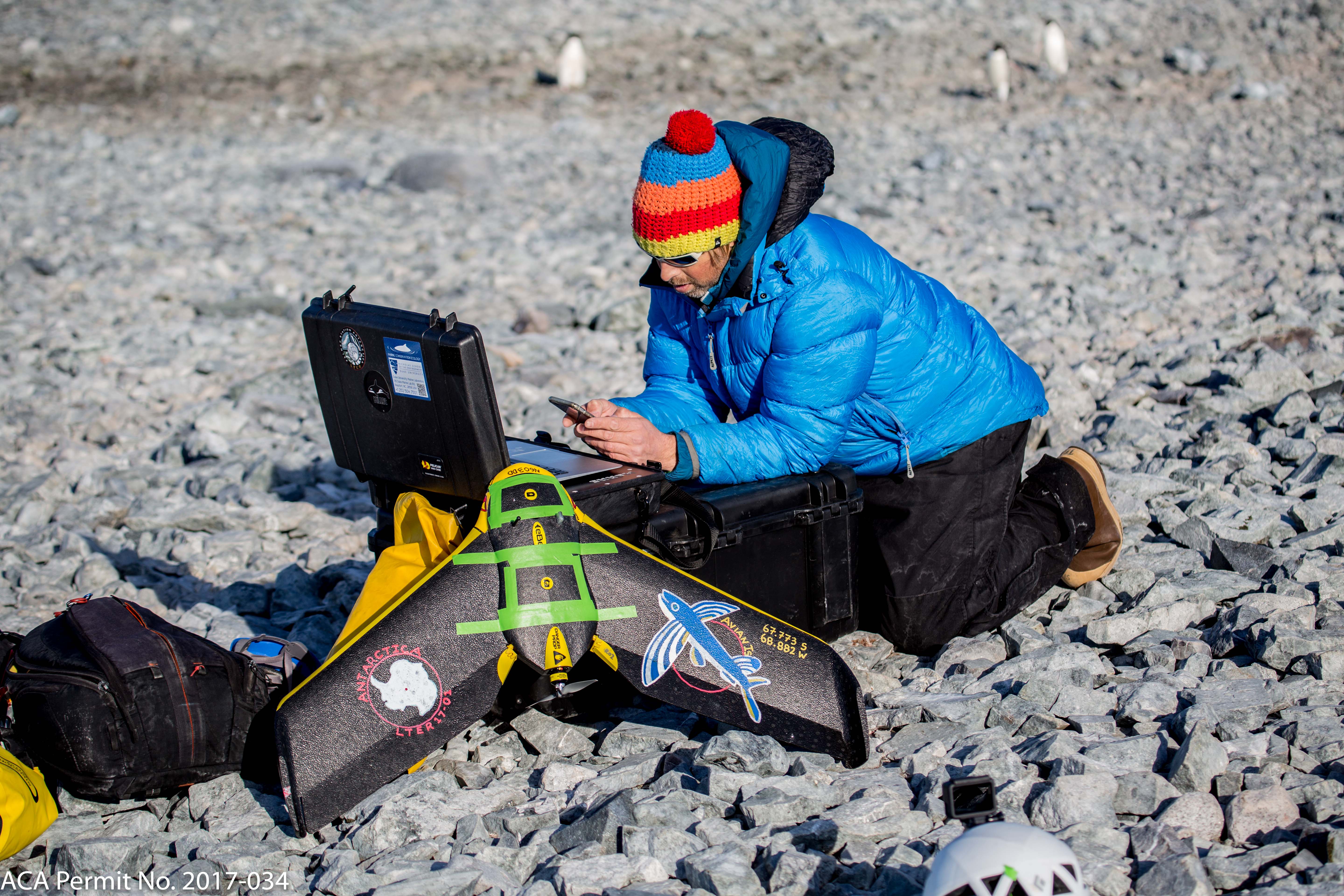
The eBee drone surveys 4.6 square miles (12 square km) in a single automated flight, making it an ideal tool for tracking large groups of moving animals.

Mindy Weisberger is an editor at Scholastic and a former Live Science channel editor and senior writer. She has reported on general science, covering climate change, paleontology, biology and space. Mindy studied film at Columbia University; prior to Live Science she produced, wrote and directed media for the American Museum of Natural History in New York City. Her videos about dinosaurs, astrophysics, biodiversity and evolution appear in museums and science centers worldwide, earning awards such as the CINE Golden Eagle and the Communicator Award of Excellence. Her writing has also appeared in Scientific American, The Washington Post and How It Works Magazine. Her book "Rise of the Zombie Bugs: The Surprising Science of Parasitic Mind Control" will be published in spring 2025 by Johns Hopkins University Press.
'A relationship that could horrify Darwin': Mindy Weisberger on the skin-crawling reality of insect zombification
'Dispiriting and exasperating': The world's super rich are buying up T. rex fossils and it's hampering research
Trove of dinosaur footprints reveal Jurassic secrets on Isle of Skye where would-be Scottish king Bonnie Prince Charlie escaped










